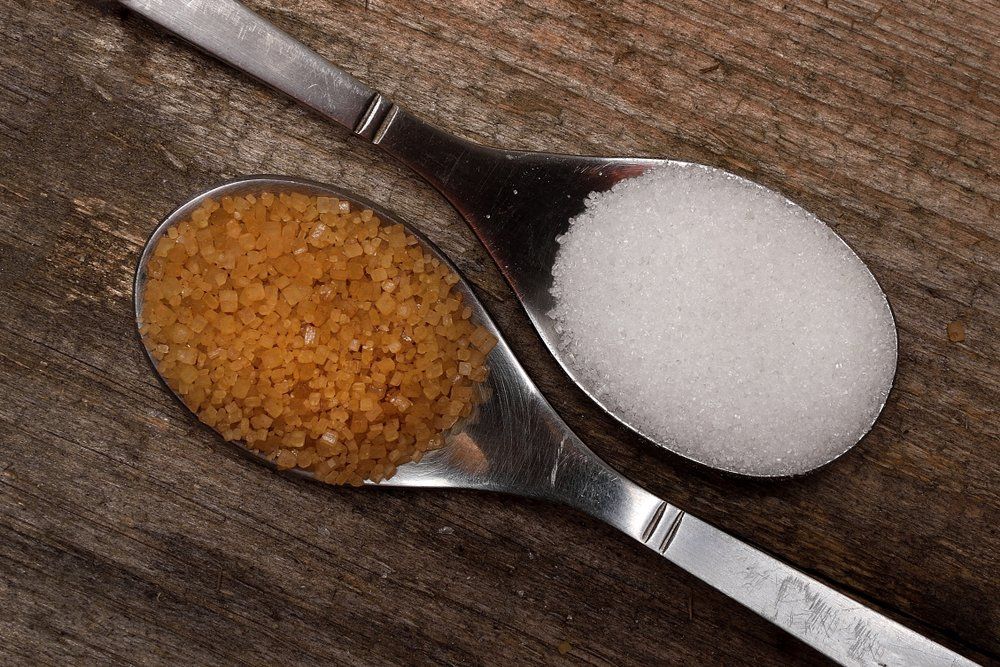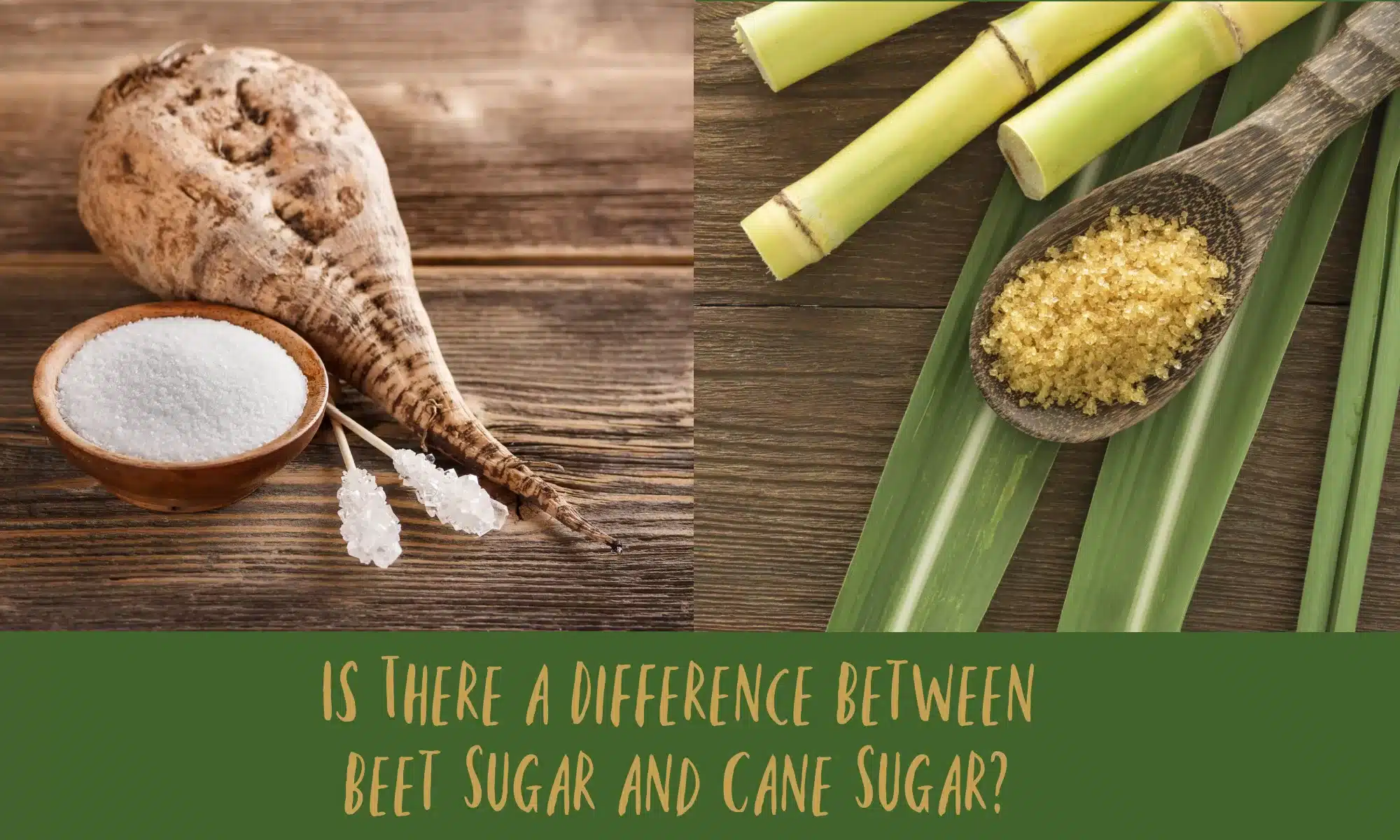Sugar beet vs sugar cane: A complete guide to purposes and processing methods
Recognizing Sugar Beet Vs Sugar Cane: a Deep Study Their Processing and Applications
The contrast between sugar beet and sugar cane reveals crucial differences in their handling and use. Each crop has distinct growing approaches that affect its geographic circulation. Sugar beetroots are largely refined right into granulated sugar for various food products, while sugar cane is usually used in beverages. Comprehending these distinctions clarifies their functions in the food market and their financial relevance. Yet, the broader implications of their cultivation and processing warrant further exploration.
Overview of Sugar Beet and Sugar Cane
Sugar beet and sugar cane are two key resources of sucrose, each contributing considerably to the global sugar supply. Sugar beet is a root vegetable, commonly collected in cooler environments, while sugar cane is a high lawn that prospers in warmer tropical and subtropical regions. The handling of sugar beet entails cleaning, cutting, and removing juice, complied with by purification and crystallization. On the other hand, sugar cane handling consists of crushing the stalks to extract juice, which is after that made clear and focused into sugar crystals.
Both crops are abundant in sucrose, yet their make-up differs slightly, with sugar cane generally having a greater sugar web content. Each resource likewise plays a role in biofuel manufacturing, with sugar beet usually made use of for ethanol. While both are vital for various applications, their distinctive development needs and processing approaches affect their particular payments to the sugar market.
Geographic Circulation and Growing Problems
Sugar beet and sugar cane are cultivated in distinctive geographical regions, affected by their particular climate and dirt needs. Sugar cane prospers in tropical climates, while sugar beet is much better fit for temperate areas with cooler temperatures. Recognizing these growing problems is crucial for enhancing production and ensuring high quality in both plants.
Worldwide Expanding Regions
While both sugar beet and sugar cane are essential sources of sugar, their international growing regions vary significantly due to climate and soil needs. Sugar beet thrives generally in pleasant regions, with considerable manufacturing concentrated in Europe, North America, and components of Asia. These locations typically feature well-drained, fertile dirts that sustain the plant's growth cycle. In contrast, sugar cane is mostly grown in exotic and subtropical regions, with major manufacturing centers located in Brazil, India, China, and Thailand. This plant flourishes in warm, damp settings that facilitate its growth. The geographical distribution of these 2 plants highlights the flexibility of sugar cane to warmer climates, while sugar beet remains dependent on cooler, pleasant conditions for peak growth.
Climate Needs
The climate needs for sugar beet and sugar cane differ considerably, showing their adjustment to distinctive environmental conditions. Sugar beet prospers in pleasant environments, calling for awesome to mild temperatures, ideally ranging from 15 ° C to 20 ° C. It is sensitive to frost and gain from well-distributed rains throughout its expanding period. This plant is normally grown in areas such as Europe and The United States And Canada.
Alternatively, sugar cane embellishments in exotic and subtropical environments, favoring warmer temperatures between 20 ° C and 30 ° C - Sugar beet vs sugar cane. It requires abundant sunshine and regular rains, making it appropriate to locations like Brazil, India, and Southeast Asia. The contrasting environment choices of these plants significantly influence their geographic distribution and farming techniques
Soil Preferences
Although both sugar beet and sugar cane need certain dirt conditions to flourish, their preferences vary substantially. Sugar beets prosper in well-drained, loamy dirts abundant in raw material, with a pH varying from 6.0 to 7.5. These problems are typically found in temperate areas, specifically in Europe and North America. On the other hand, sugar cane favors deep, productive dirts with exceptional drain and a slightly acidic to neutral pH (6.0 to 7.0) This plant is generally cultivated in exotic and subtropical climates, such as Brazil, India, and Australia. The geographical distribution of these crops mirrors their soil preferences, as sugar beetroots are suited for cooler environments, while sugar cane thrives in warmer, extra moist atmospheres.
Harvesting and Processing Techniques
In analyzing the harvesting and handling methods for sugar beet and sugar cane, distinct approaches arise for each plant. The comparison of collecting methods discloses variations in effectiveness and labor requirements, while extraction strategies highlight differences in the first processing stages. In addition, comprehending the refining processes is vital for assessing the high quality and yield of sugar generated from these two resources.
Collecting Methods Contrast
When taking into consideration the gathering methods for sugar beet and sugar cane, distinctive strategies emerge that show the one-of-a-kind qualities of each crop. Sugar beet collecting generally involves mechanical approaches, utilizing specialized harvesters that uproot the beetroots from the ground, removing tops and dirt at the same time. This method permits efficient collection and reduces crop site damages. On the other hand, sugar cane harvesting can be either hand-operated or mechanical. Manual harvesting involves employees cutting the stalks short, while mechanical harvesting makes use of huge equipments that cut, chop, and collect the cane in one operation. These differences in harvesting methods highlight the adaptability of each crop to its growing environment and the agricultural practices prevalent in their respective regions.
Extraction Strategies Introduction
Extraction methods for sugar production vary significantly between sugar beet and sugar cane, showing their distinct features and handling demands. Sugar beetroots are commonly collected using mechanical harvesters that cut the roots from the ground, adhered to by cleaning to get rid of soil. The beetroots are after that sliced right into slim pieces, understood as cossettes, to help with the removal of sugar via diffusion or warm water extraction. In contrast, sugar cane is typically harvested by hand or machine, with the stalks cut short. After collecting, sugar cane goes through crushing to extract juice, which is after that cleared up and concentrated. These removal techniques highlight the distinct strategies used based on the resource plant's physical qualities and the preferred efficiency of sugar extraction.
Refining Processes Discussed
Refining procedures for sugar from both sugar beet and sugar cane include several important actions that ensure the end product is pure and appropriate for consumption. Originally, the raw juice removed from either resource undertakes explanation, where pollutants are removed utilizing lime and heat. navigate to these guys Following this, the juice is vaporized to concentrate the sugars. For sugar beetroots, the procedure commonly consists of carbonatation, while sugar cane might go through an extra straightforward formation method. As soon as concentrated, the syrup goes through crystallization, creating raw sugar. Finally, the raw sugar is detoxified through centrifugation and additional refining, causing the white granulated sugar typically discovered on shop shelves. Each step is crucial in making sure item quality and security for customers.
Nutritional Profiles and Health Impacts

Wellness influences connected with both sources largely originate from their high sugar material. Too much consumption of sucrose from either source can result in weight gain, dental issues, and increased risk of chronic diseases such as diabetes and heart disease. However, sugar cane juice, frequently consumed in its all-natural type, may provide additional anti-oxidants and phytonutrients contrasted to refined sugar beet products. Inevitably, moderation is type in making use of both sugar beet and sugar cane in diet regimens to minimize prospective health threats.
Financial Significance and International Manufacturing
The economic significance of sugar beet and sugar cane is substantial, given that like this both crops play important duties in the worldwide farming landscape. Sugar cane, primarily cultivated in exotic and subtropical areas, represent around 75% of the globe's sugar manufacturing. Countries like Brazil and India are leading manufacturers, adding substantially to their nationwide economic situations with exports and regional usage.

The worldwide sugar market is valued at billions of bucks, influenced by different variables including climate, profession plans, and customer need. As necessary, both sugar beet and sugar cane are critical for economic stability and development within the farming industry worldwide.
Applications in the Food Market
In the food sector, sugar beet and sugar cane serve essential duties, offering sweeteners that are integral to a vast range of items. Both sources generate granulated sugar, which is a main active ingredient in baked goods, beverages, and confections. Sugar beet, typically liked in areas with cooler environments, is generally found in processed foods such as jams, jellies, and dairy products. On the other hand, sugar cane is preferred in tropical regions and is regularly used in beverages like rum and soft drinks.
Past granulated sugar, both resources are additionally refined right into molasses, syrups, and various other sweeteners, enhancing flavor profiles and enhancing structure in different applications. Furthermore, the by-products of sugar production, such as pulp and bagasse, are used in producing animal feed and biofuels, better demonstrating their versatility. Overall, sugar beet and sugar cane are important components of the food industry, affecting preference, structure, and general product quality.
Ecological Factors To Consider and Sustainability
As issues regarding climate adjustment and source exhaustion grow, the ecological influence of sugar beet and sugar cane growing has come under scrutiny. Sugar cane, usually expanded in tropical areas, can cause deforestation and environment loss, aggravating biodiversity decrease. Additionally, its farming often relies on extensive water usage and chemical fertilizers, which can pollute local waterways.
Conversely, sugar beet is normally expanded in temperate environments and might promote dirt health and wellness through plant turning. Nevertheless, it also encounters difficulties such as high water consumption and dependence on pesticides.
Both crops add to greenhouse gas exhausts during processing, but sustainable farming practices are arising in both markets. These consist of precision agriculture, natural farming, and integrated parasite administration. On the whole, the ecological sustainability of sugar manufacturing remains a pressing issue, demanding constant assessment and fostering of green practices to reduce negative results on ecological communities and neighborhoods.

Frequently Asked Concerns
What Are the Distinctions in Preference Between Sugar Beet and Sugar Cane?
The preference distinctions in between sugar beet and sugar cane are refined yet distinctive. Sugar beet often tends to have a slightly earthier flavor, while sugar cane provides a sweeter, much more aromatic profile, attracting different cooking choices.
Can Sugar Beet and Sugar Cane Be Made Use Of Interchangeably in Recipes?
Sugar beet and sugar cane can typically be utilized reciprocally in recipes, though subtle differences in flavor and texture may occur. Substituting one for the other typically preserves the designated sweetness in culinary applications.

What By-Products Are Produced From Sugar Beet and Sugar Cane Processing?
The processing of sugar beets and sugar cane returns numerous spin-offs. These include molasses, animal feed, and biofuels. Each spin-off offers distinctive objectives, contributing to agricultural and commercial applications beyond the primary sugar removal.
Exactly How Do Sugar Beet and Sugar Cane Affect Soil Health?
The influence of sugar beet and sugar cane on dirt health differs; sugar beetroots can improve raw material, while sugar cane may cause soil degradation if not taken care of appropriately, impacting nutrient degrees and soil structure.
Exist Particular Selections of Sugar Beet and Sugar Cane?
Different specific selections of sugar beet and sugar cane exist, each adapted to different environments and dirt types. These varieties are grown for traits such as return, disease resistance, and sugar web content, optimizing farming productivity.